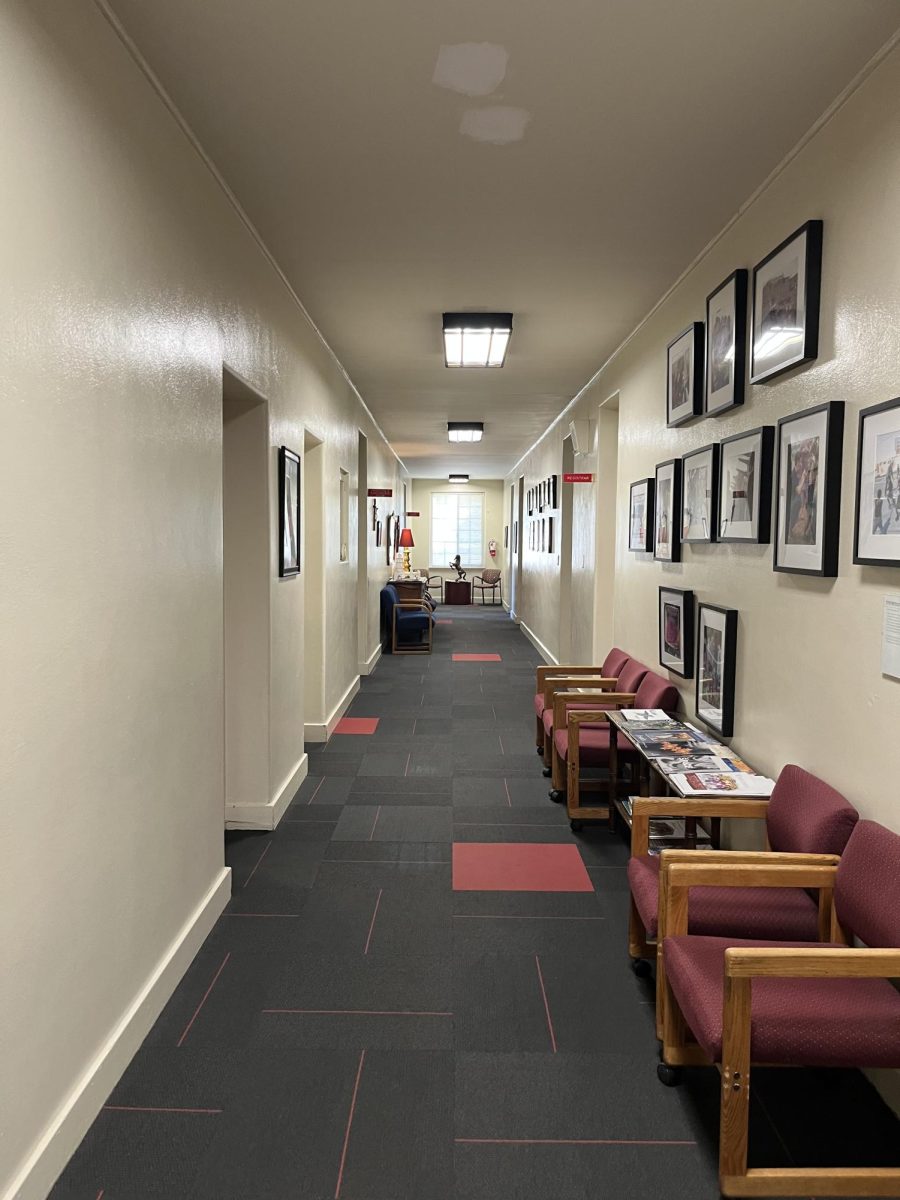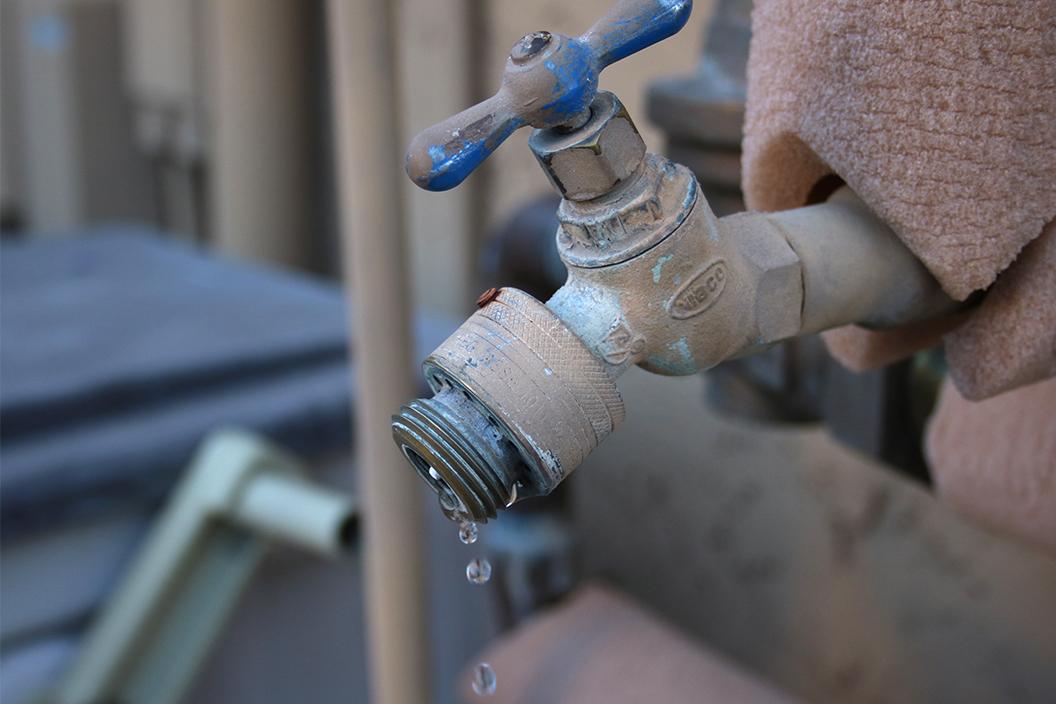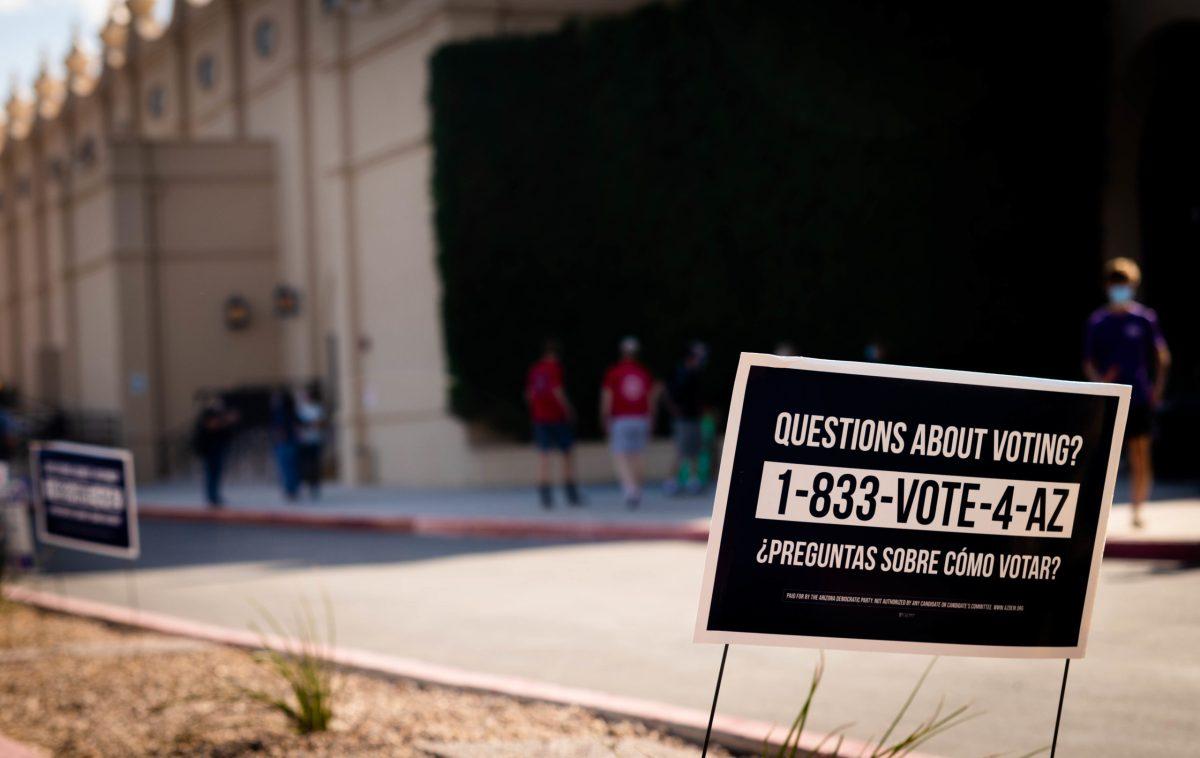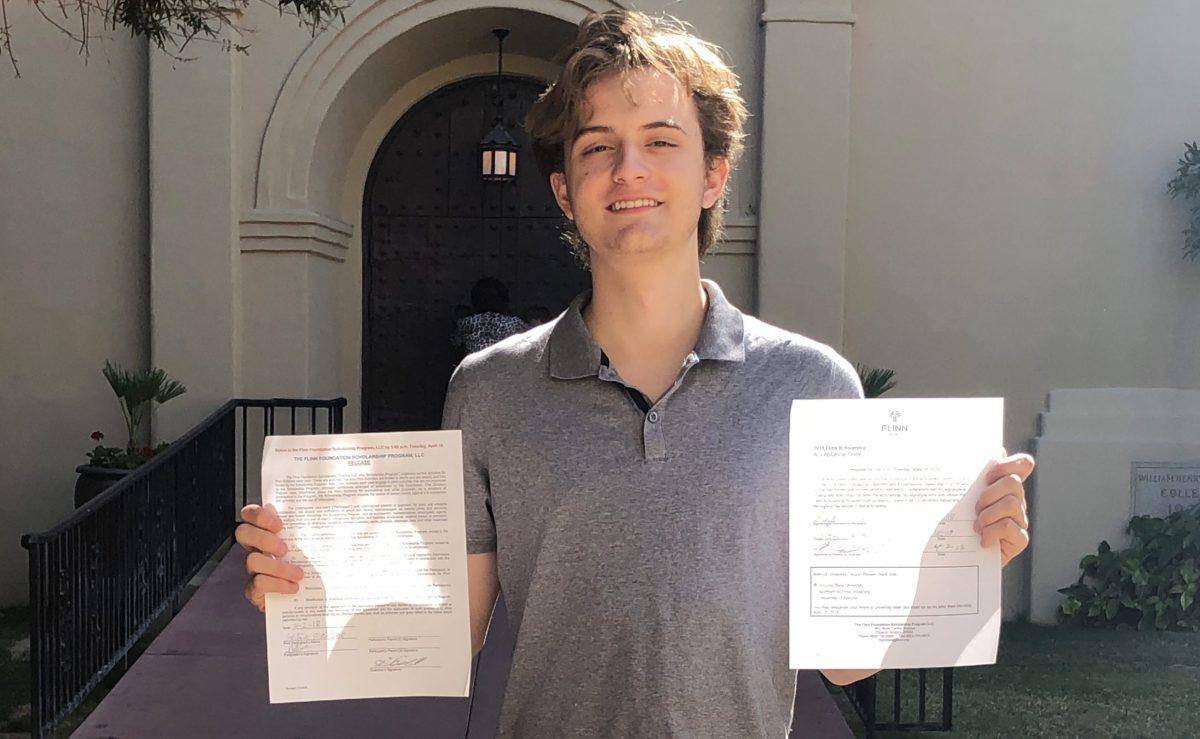Photo Illustration by Bryce Owen ’17 | The impact of water scarcity will change the way that we live in the desert.
By Kaleb Lucero ’18
THE ROUNDUP
While our state has the potential to go down in the history for its achievements in engineering and human adaptation of and to the environment, it might also become one of the biggest blunders in colonization history.
This is due to the fact that we aren’t acknowledging the problem of regional water scarcity.
The usage of our water supplies affects everyone in Arizona, and the lack of those resources will surely change the lives of everyone.
Less water immediately affects farmers, then the urban poor, but then it spreads to every facet of public life.
To put it short, water is the bloodline of Arizona. Without it, the state where most of us grew up in, and where all of us are being educated in, will whither away, leaving, literally, ghost towns that once had the potential to be something so much greater.
Whether you hate or love our state, this idea should be a stab in the heart.
According to The Arizona Experience, an online reference, we use about 7.25-7.75 million acre-feet (how much water it takes to cover an acre in water with a depth of one foot). That, combined with our advanced network of dams, canals and replenishment ponds make sure that we have water when we need it and where we need it.
However, the sources are running dry. Water is an extremely finite resource here.
According to a 2013 article from High Country News, the aquifers, which are the biggest source of water for Arizona (providing a whopping 43 percent), are being used faster than they can be replenished.
On the other hand, the Colorado River, providing about another 40 percent of our water, is being used far beyond its capability to provide, causing what The Arizona Experience calls a “water debt,” which they said “will continue to grow as population increases, causing changes to ecosystems and the land itself.”
The Environmental Protection Agency also reported that “Future water scarcity will be compounded by the region’s rapid population growth, which is the highest in the nation.”
However, I have to disagree that population is somehow going to bring about the doom of our water sources. Population, for the most part, will only be affected by water, but I don’t think that in our situation the number of people will matter.
While we are the fifth fastest growing state in the country with a projected 8 million inhabitants by 2025, we still only use 25 percent of our water for municipal purposes.
We use 6.96 million acre-feet a year, about 2,267,922,960,000 gallons of water. While we use 1.74 million acre-feet for municipal purposes annually, where do the other 5.22 million acre-feet go?
Turns out, 69 percent of it goes to agriculture, with only 9 percent going to industry. This means an outstanding 4.8 million acre-feet of water go to growing crops.
Even if we reduce municipal consumption through water saving shower heads, faucets, toilets, etc., by 50 percent, it would still only give us back .87 million acre feet of water. I don’t mean to belittle that, because every single drop counts, but I do think that it is virtually nothing compared to the amount potentially wasted in the fields.
Here is the problem: we’re a desert region, and we, as I perceive it, are almost completely complacent with the reality that we lose, misuse and abuse our water to such an extent that it will actually run out.
There is also a problem with the deal we have for using the Colorado River.
According to a 1968 deal between Arizona and California, it was decided that California would get to continue their water usage even when Colorado River supplies are running low.
Furthermore, 60 percent of Southern California’s water comes from the Colorado River. Legally, they can continue using whatever water they want from the river, regardless of the struggles that their neighbor states are facing.
What’s the solution?
California will have to be responsible for its water consumption. All of the Southwest states are in this together, and some shouldering the brunt of the consequences only calls out for misuse.
Secondly, we must seriously consider the logic of maintaining Arizona and California as “agricultural states.” I have no doubt in my mind that Arizona is the perfect place for urban development, but to think that a desert should still be used for agriculture is overly optimistic, and we will be paying for that false optimism soon.
It is necessary for us to either limit agriculture in these drought-ridden areas (which would hurt the economy but save urban development), or we must make a serious push for the implementation of new types of irrigation and land management.
The blunt, brute force approach to this would be limiting agricultural industry outright. While I believe this has to happen either way, it would mean cutting out a huge portion of Arizona’s economy, as well as forcing many farmers and ranchers out of their jobs.
Agriculture contributes $10.3 billion to the state economy, so it is absolutely vital to Arizona. However, the majority of farms are family owned, meaning those particular farms (unlike the “big farms”) may not able to pay for the implementation of the water-conserving technology.
It is important for people, everyday residents, to contribute in any way, shape and form. It’s important for us to keep in mind that one acre-foot can cover a family of five’s water needs for a whole year, and that it is completely immoral of us to expect farmers and ranchers to take all the hits.
In a region that is fighting for its very survival, sacrifices to convenience and ways of life will have to be made, but it is certain that we dwellers of this “uninhabitable” place will not simply abandon our homes, our progress here, without doing everything humanly possible.















